
These gardens were popular on social media last year…but do they work?
If you’ve ever taken a stroll around a Japanese-style garden, you’ve likely seen a zen rock garden. They’re made with large rocks placed deliberately to bring to mind the islands of the sea or to replicate a pond, and gravel that is raked to represent the waves and ripples of water. Their imitation of nature is meant to provide an opportunity to meditate on the nature of existence as you gaze over it, and the act of creating them is also considered a form of Zen training.
Of course, if your zen garden is made of candy, it makes it a lot harder to resist earthly temptations, but that should make them even better training, right? We decided to try it with the DIY candy zen gardens that were recently popular on social media. There are two varieties: the Zen rock garden, and the Japanese garden. We previously showed you how to do the rock garden in another article, but this time our Japanese-language reporter Saya wanted to try both to see if she could achieve a true Zen Buddhist mindset (and resist the temptation to eat them).
Saya believed that by concentrating on making the individual parts of the garden, such as the rocks, or the pond, she would be able to find peace in her heart. “I want to separate myself from earthly life a little bit and grow as a person,” she said, so she picked up these kits for 500 yen (US$4.68) each and got started.
She started with the Zen rock garden.
The package contained several different ingredients and tools, though it seems the main candy is ramune powder. What Saya most liked was the little garden box, which was actually made from cardboard but reminded her of the paulownia wood boxes often used in olden days to store things.
The mini-rake was pretty adorable. It was meant to be used to rake the candy sand and create the waves and ripples of the “water”.
The first step of making the garden is to make the large rocks, by combining the powder and some water in a cup. This powder is also ramune powder, but as it mixed it really started to look like rocks.
After pressing them into the molds, they go in the refrigerator to harden.
While the rocks are forming, the next step is to prepare the sand. As Saya poured the white ramune powder into the box, its refreshing scent wafted up through her nose, and she found herself breathing it in deeply. As you may have guessed, Saya is a pretty big fan of the Japanese sweet. Oh dear; is that not very Zen of her?
The instructions say you’re supposed to use the back of the rake to smooth out the sand, but Saya found it easier to gently shake the box to distribute it over the space. Oops…taking the easy way out probably defeats the point. Saya tried felt repentant for her hasty action.
Then it was time to take the rocks out of the fridge! They formed nicely to look like real rocks.
They were a little delicate, so Saya was very careful when she picked them up and positioned them on the ramune sand.
Finally, the time for true zen reflection approached: the raking of the sand. Saya took the tiny rake in her fingers and tried to execute a design using single strokes. She found it was rather difficult to do it without worrying about how it would come out in the end.
Apparently, you’re supposed to lightly drag the rake across the ramune powder. If you push too hard, it drags up too much powder, and the area around the boulders becomes too shallow.
Saya covered that little oopsie up with chocolate rocks.
Ah, there’s her superficial nature again. Always taking the easy way out! Saya once again repented for her laziness. Still, as she was coming face to face with her inner self, she finished the Zen rock garden!
▼ “It looks somehow unbalanced,” she said, “But I gave it my all.”
That done, she moved on to the candy Japanese garden. While this one has a similar sand garden, it differs greatly in that instead of large rocks, it has a koi pond. From the package, you can’t really tell how it’s going to be made, so Saya was pretty excited to try it.
She started by making the pond. In a cup, she mixed the powder with water and stirred it thoroughly, then heated it in the microwave for 40 seconds.
It thickens quite a lot just by heating. Once it was done, she poured it into the mold and put it in the fridge to set.
After 30 minutes, a clear jelly formed! It had a few bubbles and looked a little muddy, so Saya hoped it would work as a pond.
The instructions say that you should prick the jelly with toothpicks to allow air inside, and that will make it easier to remove from the mold. But Saya decided that was a pain and wanted to see what would happen if she tried to slide it right out of the mold.
Ah! Once again Saya relied on her laziness, letting her own ideas decide how things should be. That’s no way to achieve enlightenment! Saya seriously repented this time.
Next, she placed the jelly over the printed photo of real koi…
And it looked like a real pond!
Saya thought she’d messed up when bubbles formed in the jelly, but on the contrary it gave it a more realistic look. “What a cool idea!” she said.
Now to pour in the ramune sand just as she had in the Zen garden, place the chocolate rocks, and rake the sand…
…and voila! It’s done!
They’re so pretty!! You would never think they’re made of candy. The pond is especially realistic; you can almost hear the water lapping at the rocks. It’s like a breath of fresh air to look at.
They look so good that you could almost keep them nearby you forever, to admire whenever you want, like a real, mini, Japanese garden.
But don’t be fooled. These are, indeed, made of candy. It even says on the box, “Please eat the candy as soon as possible.”
Well, all worldly things are impermanent, right? All things change. After all, a real Zen garden might be disrupted by a passing kitty, or a swallow may land in its midst and kick up the ripples.
So…might as well dig in!
Yum!! The white powder is definitely ramune powder. Its sourness sucks the moisture right out of your mouth!
It’s actually really tasty to eat together with the chocolate rocks. The marriage of the sweetness and the sourness is delicious.
So did Saya achieve a Zen mindsight by making these candy gardens? She’ll be the first to tell you “No”. However, the finished product is gorgeous and the candy tastes great, and Saya did have time to reflect on her hasty nature, so she calls this endeavor a success.
All in all, Saya thinks this is a great, intellectual kind of candy that anyone, even adults, can enjoy. As a ramune fan, she was especially pleased to get to eat ramune powder, which she hadn’t had in a while. These kits do come with English instructions, so they’d make a great gift to take home to your friends and family as a souvenir. They’re excellent for people who love ramune, for those interested in Zen, and for those who like Japanese gardens, so Saya recommends them all around.
Photos © SoraNews24
● Want to hear about SoraNews24’s latest articles as soon as they’re published? Follow us on Facebook and Twitter!
[ Read in Japanese ]

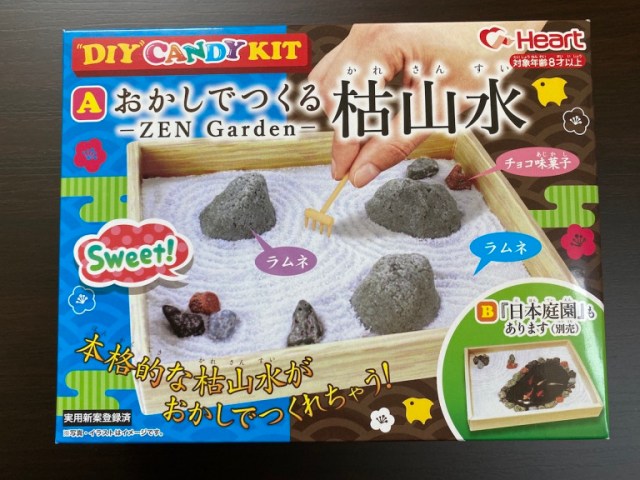
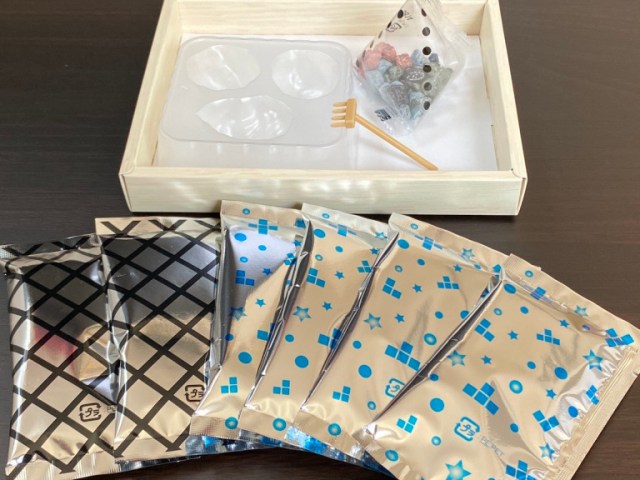
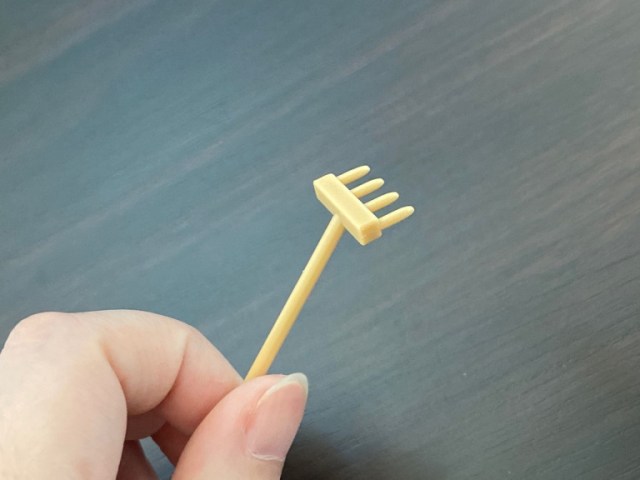
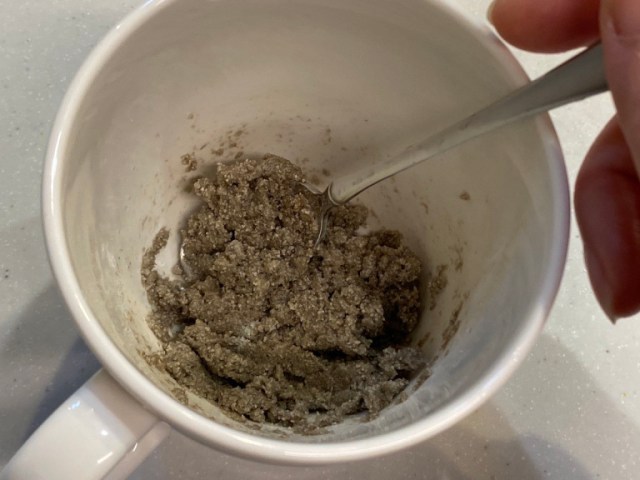
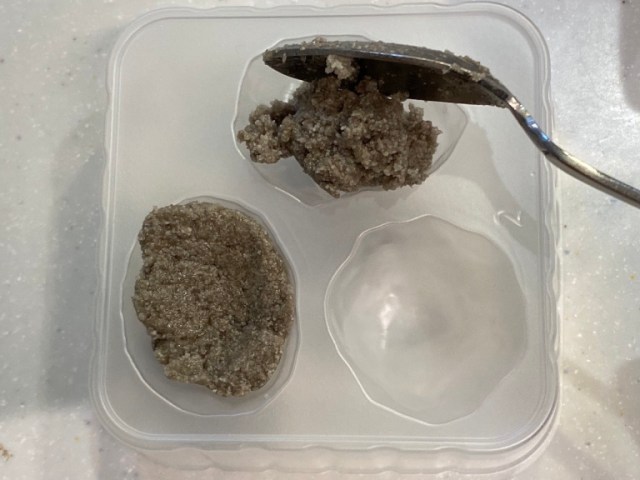
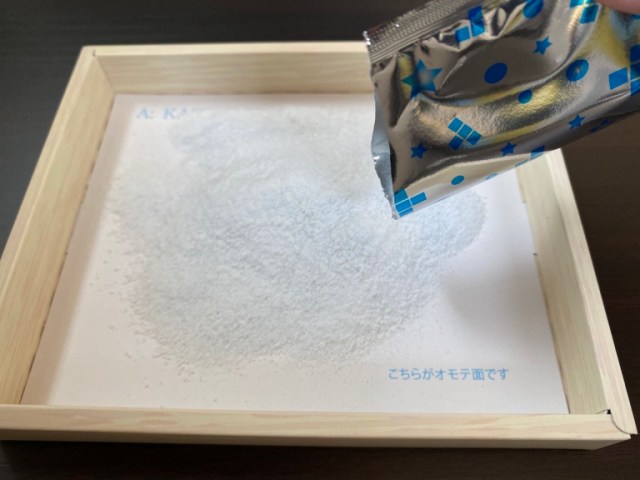
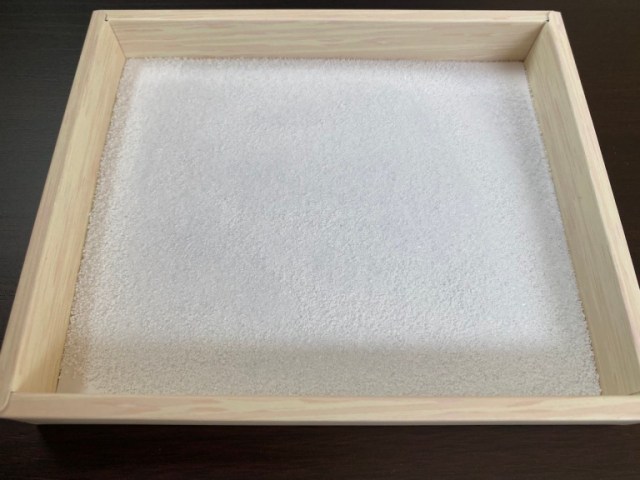
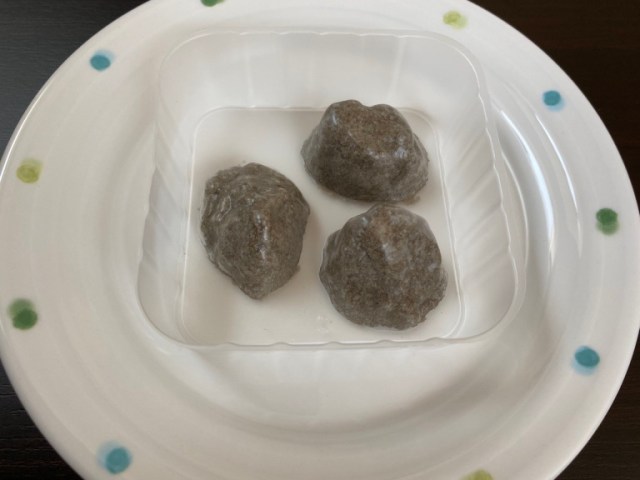

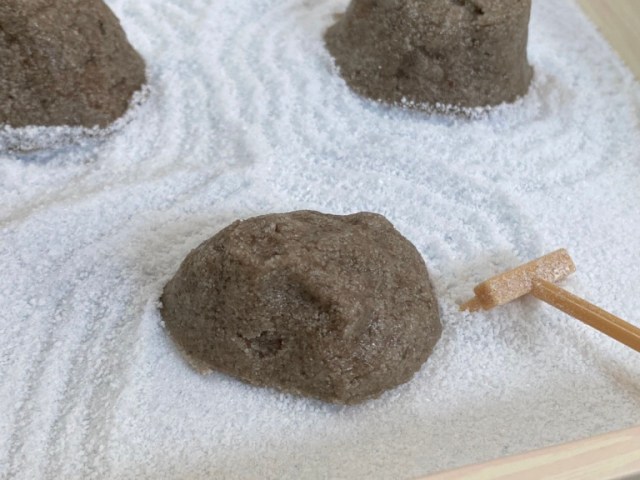
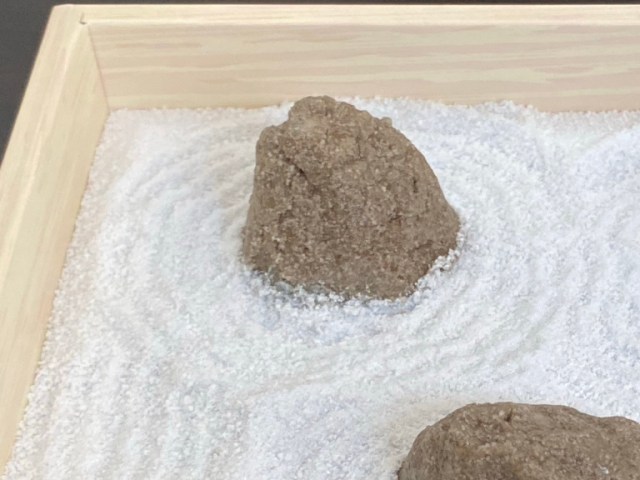
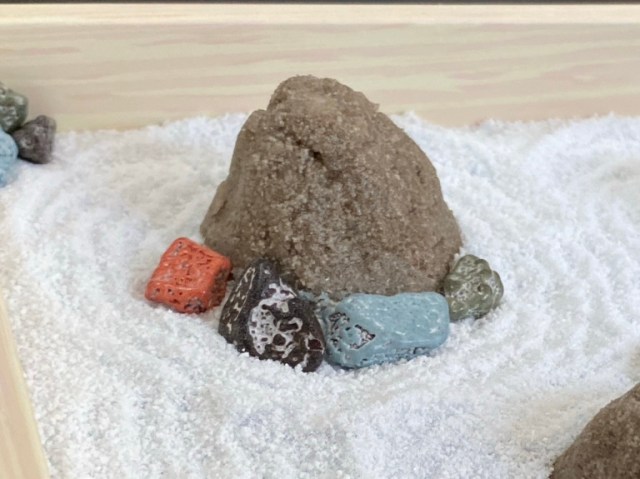

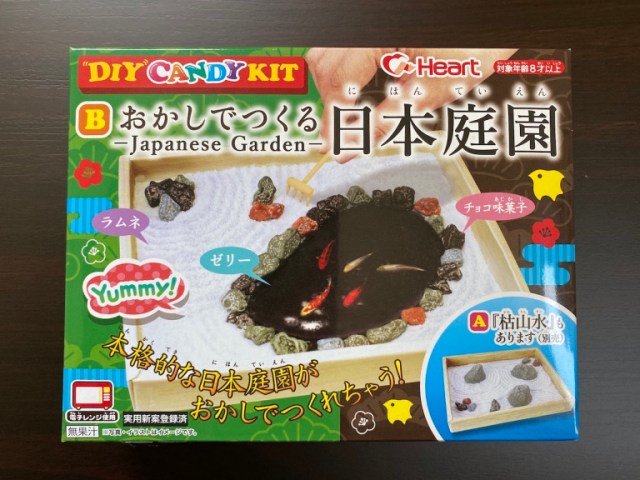
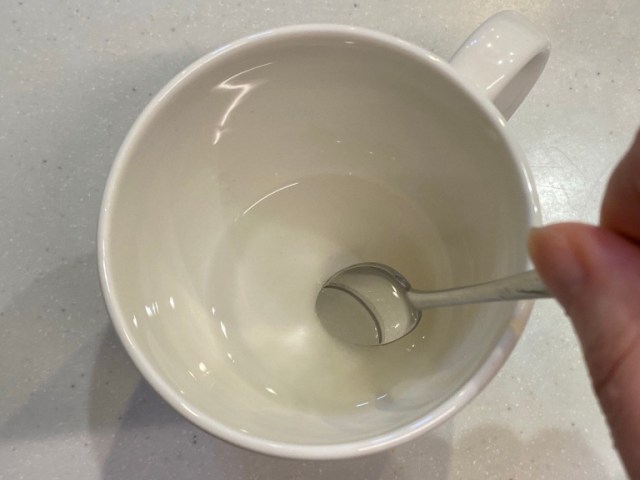
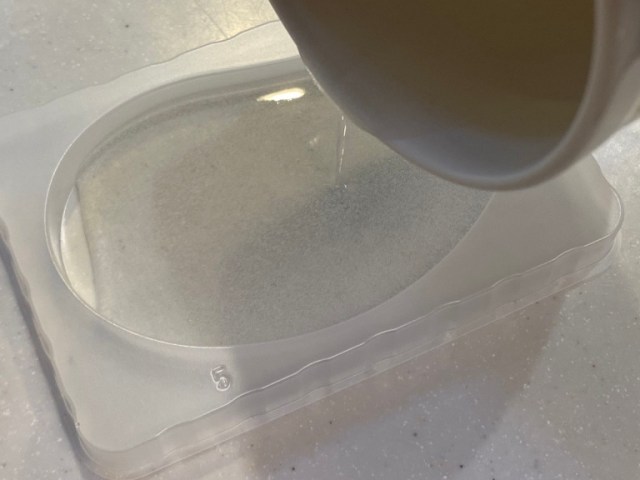
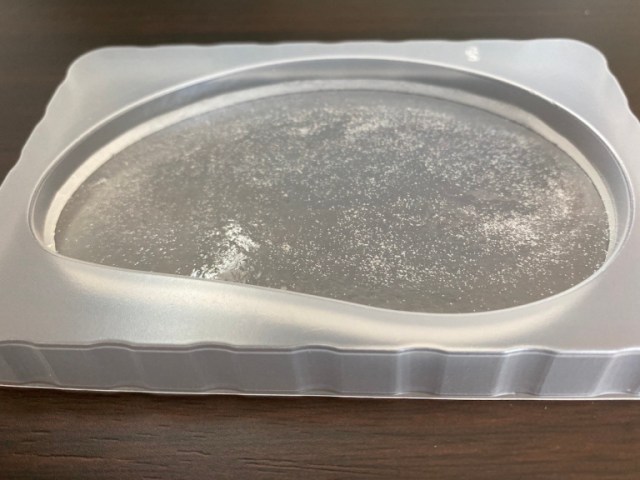

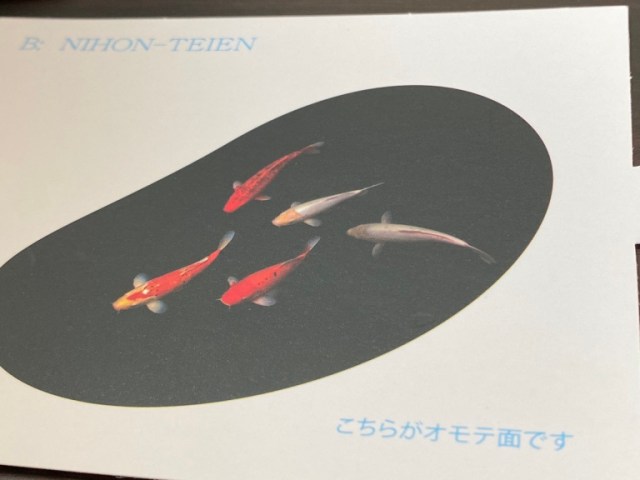

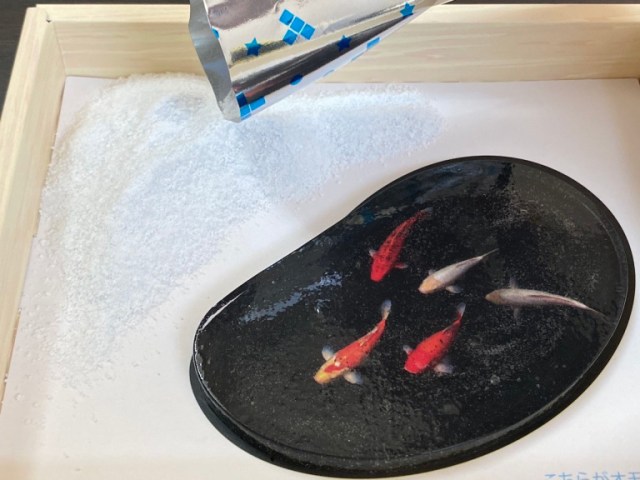

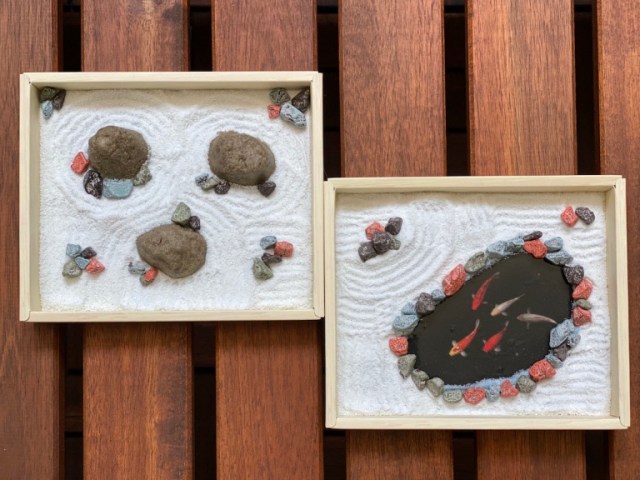
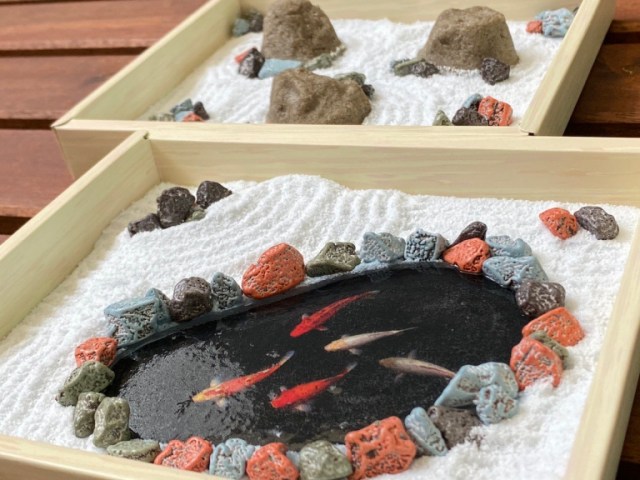

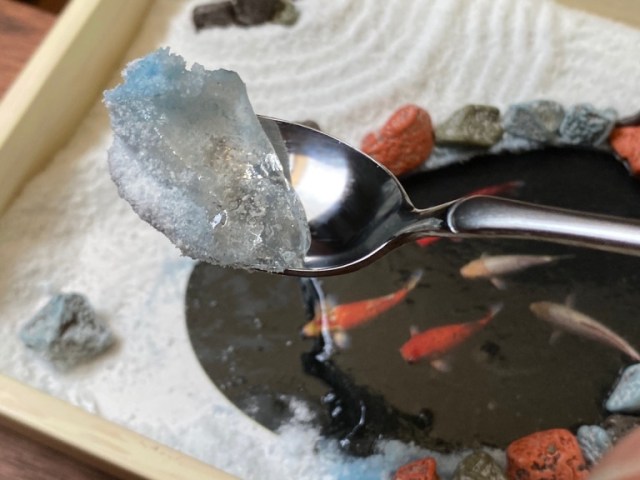
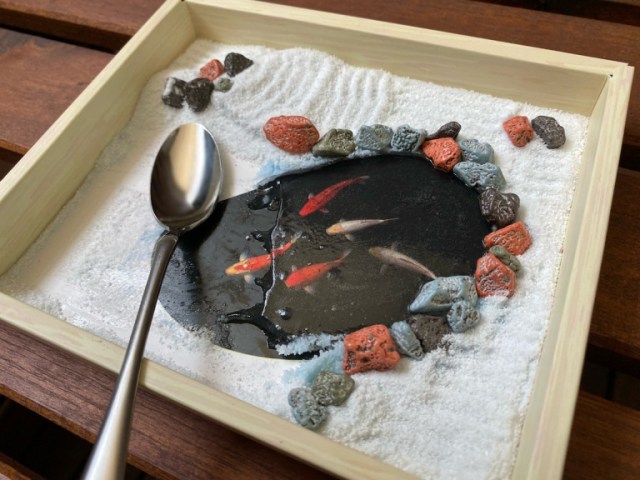
 Can even our brown thumbs keep this “moss bonsai” kit alive?【Photos】
Can even our brown thumbs keep this “moss bonsai” kit alive?【Photos】 Resident Evil Umbrella green, red herb bath salts now exist in real world, are terrifying【Pics】
Resident Evil Umbrella green, red herb bath salts now exist in real world, are terrifying【Pics】 ‘Butter mochi’ flavoured chocolate may be the best kind of Tirol we’ve ever tasted
‘Butter mochi’ flavoured chocolate may be the best kind of Tirol we’ve ever tasted Is there any point to holding your chopsticks the “correct” way? Let’s find out【Experiment】
Is there any point to holding your chopsticks the “correct” way? Let’s find out【Experiment】 Add some wabisabi to your rooms with Japanese rock garden multicovers
Add some wabisabi to your rooms with Japanese rock garden multicovers Red light district sushi restaurant in Tokyo shows us just how wrong we were about it
Red light district sushi restaurant in Tokyo shows us just how wrong we were about it Tokyo Tsukiji fish market site to be redeveloped with 50,000-seat stadium, hotel, shopping center
Tokyo Tsukiji fish market site to be redeveloped with 50,000-seat stadium, hotel, shopping center McDonald’s new Happy Meals offer up cute and practical Sanrio lifestyle goods
McDonald’s new Happy Meals offer up cute and practical Sanrio lifestyle goods Japanese ramen restaurants under pressure from new yen banknotes
Japanese ramen restaurants under pressure from new yen banknotes Historical figures get manga makeovers from artists of Spy x Family, My Hero Academia and more
Historical figures get manga makeovers from artists of Spy x Family, My Hero Academia and more Akihabara pop-up shop sells goods made by Japanese prison inmates
Akihabara pop-up shop sells goods made by Japanese prison inmates Limited-edition Carbonara Udon will anger noodle purists and pasta lovers 【Taste test】
Limited-edition Carbonara Udon will anger noodle purists and pasta lovers 【Taste test】 Sandwiches fit for a sumo served up in Osaka【Taste Test】
Sandwiches fit for a sumo served up in Osaka【Taste Test】 Pokémon Sleep camping suite and guestrooms coming to Tokyo Hyatt along with giant Snorlax burgers
Pokémon Sleep camping suite and guestrooms coming to Tokyo Hyatt along with giant Snorlax burgers Beautiful Red and Blue Star luxury trains set to be Japan’s new Hokkaido travel stars
Beautiful Red and Blue Star luxury trains set to be Japan’s new Hokkaido travel stars All-you-can-drink Starbucks and amazing views part of Tokyo’s new 170 meter-high sky lounge
All-you-can-drink Starbucks and amazing views part of Tokyo’s new 170 meter-high sky lounge More foreign tourists than ever before in history visited Japan last month
More foreign tourists than ever before in history visited Japan last month French Fries Bread in Tokyo’s Shibuya becomes a hit on social media
French Fries Bread in Tokyo’s Shibuya becomes a hit on social media Studio Ghibli releases new action figures featuring Nausicaä of the Valley of the Wind characters
Studio Ghibli releases new action figures featuring Nausicaä of the Valley of the Wind characters New private rooms on Tokaido Shinkansen change the way we travel from Tokyo to Kyoto
New private rooms on Tokaido Shinkansen change the way we travel from Tokyo to Kyoto Starbucks reopens at Shibuya Scramble Crossing with new look and design concept
Starbucks reopens at Shibuya Scramble Crossing with new look and design concept Studio Ghibli glasses cases let anime characters keep an eye on your spectacles
Studio Ghibli glasses cases let anime characters keep an eye on your spectacles Beautiful Ghibli sealing wax kits let you create accessories and elegant letter decorations【Pics】
Beautiful Ghibli sealing wax kits let you create accessories and elegant letter decorations【Pics】 Studio Ghibli releases Kiki’s Delivery Service chocolate cake pouches in Japan
Studio Ghibli releases Kiki’s Delivery Service chocolate cake pouches in Japan New definition of “Japanese whiskey” goes into effect to prevent fakes from fooling overseas buyers
New definition of “Japanese whiskey” goes into effect to prevent fakes from fooling overseas buyers Our Japanese reporter visits Costco in the U.S., finds super American and very Japanese things
Our Japanese reporter visits Costco in the U.S., finds super American and very Japanese things Studio Ghibli unveils Mother’s Day gift set that captures the love in My Neighbour Totoro
Studio Ghibli unveils Mother’s Day gift set that captures the love in My Neighbour Totoro New Japanese KitKat flavour stars Sanrio characters, including Hello Kitty
New Japanese KitKat flavour stars Sanrio characters, including Hello Kitty New Pokémon cakes let you eat your way through Pikachu and all the Eevee evolutions
New Pokémon cakes let you eat your way through Pikachu and all the Eevee evolutions Disney princesses get official manga makeovers for Manga Princess Cafe opening in Tokyo
Disney princesses get official manga makeovers for Manga Princess Cafe opening in Tokyo Sales of Japan’s most convenient train ticket/shopping payment cards suspended indefinitely
Sales of Japan’s most convenient train ticket/shopping payment cards suspended indefinitely Sold-out Studio Ghibli desktop humidifiers are back so Totoro can help you through the dry season
Sold-out Studio Ghibli desktop humidifiers are back so Totoro can help you through the dry season Japanese government to make first change to romanization spelling rules since the 1950s
Japanese government to make first change to romanization spelling rules since the 1950s Ghibli founders Toshio Suzuki and Hayao Miyazaki contribute to Japanese whisky Totoro label design
Ghibli founders Toshio Suzuki and Hayao Miyazaki contribute to Japanese whisky Totoro label design Doraemon found buried at sea as scene from 1993 anime becomes real life【Photos】
Doraemon found buried at sea as scene from 1993 anime becomes real life【Photos】 Tokyo’s most famous Starbucks is closed
Tokyo’s most famous Starbucks is closed One Piece characters’ nationalities revealed, but fans have mixed opinions
One Piece characters’ nationalities revealed, but fans have mixed opinions We asked a Uniqlo employee what four things we should buy and their suggestions didn’t disappoint
We asked a Uniqlo employee what four things we should buy and their suggestions didn’t disappoint Princesses, fruits, and blacksmiths: Study reveals the 30 most unusual family names in Japan
Princesses, fruits, and blacksmiths: Study reveals the 30 most unusual family names in Japan We tried cooking with a personal fryer and now we’re obsessed
We tried cooking with a personal fryer and now we’re obsessed Temple camping in Japan at Wakayama’s Daitaiji【Photos】
Temple camping in Japan at Wakayama’s Daitaiji【Photos】 We spice up our fermented soybeans with curry powder flavored natto【Taste Test】
We spice up our fermented soybeans with curry powder flavored natto【Taste Test】 We got our paws on the real-kitty-litter snow globe, and here’s how it looks
We got our paws on the real-kitty-litter snow globe, and here’s how it looks In the search for the perfect crunchy cream puff, we try Beard Papa’s new cookie-topped choux
In the search for the perfect crunchy cream puff, we try Beard Papa’s new cookie-topped choux Traditional Japanese cuisine gets an out of this world treatment — we try Japanese Space Food
Traditional Japanese cuisine gets an out of this world treatment — we try Japanese Space Food How to make Ukrainian flag origami crane paper
How to make Ukrainian flag origami crane paper People in Japan go crazy for Japanese candy zen gardens 【Pics & Video】
People in Japan go crazy for Japanese candy zen gardens 【Pics & Video】 This USB device exists solely to warm up rice balls, and honestly, it does a great job
This USB device exists solely to warm up rice balls, and honestly, it does a great job Japanese “Rainbow Fire” lets you camp in style with multicolored flames!【Photos】
Japanese “Rainbow Fire” lets you camp in style with multicolored flames!【Photos】 Breakfast made beautiful by designer who creates stunning zen garden toast art and more【Pics】
Breakfast made beautiful by designer who creates stunning zen garden toast art and more【Pics】 We tried making natto the old-fashioned way, and the result was unexpected but delicious 【SoraKitchen】
We tried making natto the old-fashioned way, and the result was unexpected but delicious 【SoraKitchen】 There’s no reason not to play with your food with this natto in Nanoblock form
There’s no reason not to play with your food with this natto in Nanoblock form Shiraishi Island needs YOUR character ideas!
Shiraishi Island needs YOUR character ideas! The best-selling rice ball at Family Mart is…SPAM onigiri?
The best-selling rice ball at Family Mart is…SPAM onigiri?
Leave a Reply